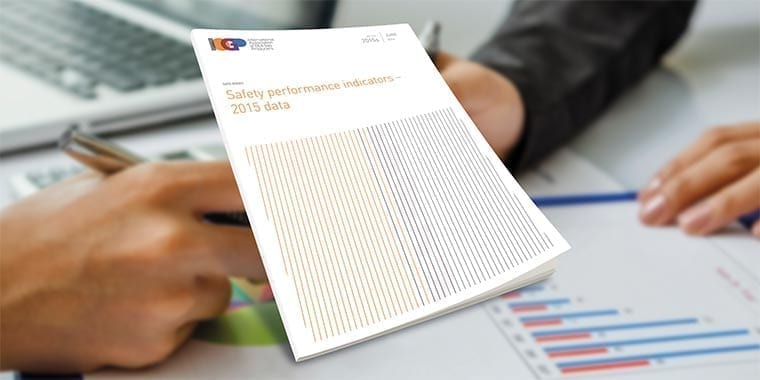
Safety in numbers
According to the latest figures from the UN’s International Labour Organization (ILO), every 15 seconds, somewhere in the world, one worker dies and 153 have a work-related accident.
At IOGP, we have been collecting data on fatalities and injuries specific to the global upstream oil and gas industry for the last 30 years. These data become part of IOGP’s safety database, the largest in the exploration and production industry.
Our latest annual report on safety performance indicators is now available. It covers the year 2015 and includes data provided by 49 IOGP member companies, accounting for 3.7 billion worked hours in 108 countries.
The participating companies reported that 54 people died in work-related incidents in 2015. This means that the fatal accident rate (FAR) was 1.45 fatalities for every 100 million hours worked. This compares to the 45 fatalities at a FAR of 1.03 in 2014.
There were also 1,032 reported injuries resulting in at least one day off work. That is the equivalent of 0.29 lost work day cases for every million hours worked – a reduction of 19% from last year’s report. This is shown in the chart below, together with the total recordable injury rate.
‘Individually, every fatality and every injury is of immense consequence to the people involved, their families and friends and their employers. Collectively, data on fatalities and injuries can enable industry safety specialists to identify the causes of work-related deaths and injuries,’ says IOGP Executive Director Gordon Ballard. ‘That knowledge can help, our industry to put in place the right practices and equipment to improve the safety of the upstream working environment.’
The success of this effort is evident when comparing safety performance over time. As both charts, show, the overall trend for the rate of deaths and injuries shows a decrease during the past decade.
Analysis of the fatalities – as well as of events that could have caused deaths and injuries – shows some common causal factors. These involve training, decision-making, supervision, risk assessment and hazard identification and work standards/procedures.
Commenting on these factors, IOGP Safety Director Chris Hawkes cites the value of the safety report indicators in benchmarking and identifying areas and activities on which efforts should be focused to bring about the greatest improvements in performance. ‘Land transport is a good example. In the period from 1991 – 2012, analysis of our safety data showed 501 fatalities as a result of land transportation incidents, or an average of about 23 deaths per year. Following a concerted effort by our Land Transportation Sub-Committee and implementation of better safety practices throughout the industry, the number of fatalities has come down dramatically. In 2015, there were seven land transport-related deaths reported. Even one job-related death or injury is too many, however, and IOGP is working tirelessly with industry, regulators and other stakeholders to tackle the causes of accidents and eliminate work-related fatalities.’
Safety performance indicators – 2015 data is available here.


